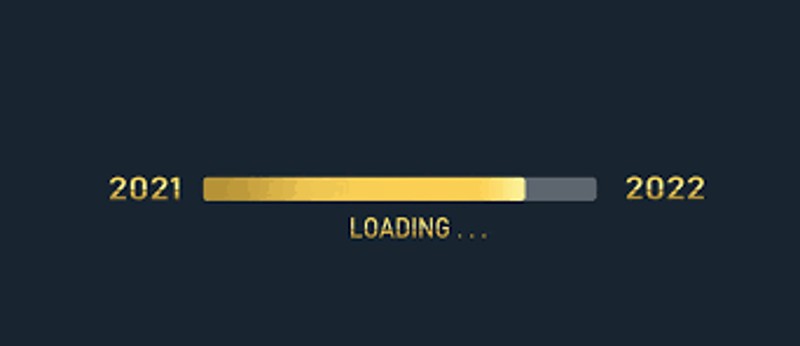Amazon Advertising is growing up. It’s a crazy statement to make that an advertising business raking in over $20 billion per year is still growing up, but I think many can agree. Amazon Advertising has released a number of features that brands/agencies have been begging for, such as category benchmarking-metrics, impression share of voice, customer journey data (via Amazon Marketing Cloud), and opening up audience-based targeting for Sponsored Display. These features will help advertisers have a better understanding of the impact that their ads have on both short-term and long-term goals, who their customers are, and where they can win. Outside of paid ads, Amazon has released the ability for brands to send direct emails to their followers on Amazon post while simultaneously cutting off some of the 3rd party traffic-drivers that sellers have used historically.
- What does this mean? Amazon realizes they need to offer more to their advertisers to keep advancing the company’s ad revenue growth – they also need to loosen their grip on the customer relationship to incentivize staying on Amazon rather than having brands shift focus to DTC (and potentially offset ever-increasing CPCs). While these changes didn’t come as a reaction to slowing revenue growth in Q3, they might have been expedited due to it. 2022 will likely have more releases in store for us that will bring functionality from other platforms (i.e., Google, Shopify, etc.) to Amazon.
3rd party companies recognize Walmart.com as a player. Despite the scale and news Walmart.com has received, there hasn’t been many integrations from outside technology partners until the first round of Walmart Advertising Partners (WAPs) in 2020. This year, we saw an expansion of ad-tech partners (shout out to Perpetua) and business intelligence solutions that provide SEO, product research, and more for brands looking to up their game on Walmart.com.
- What does this mean? Historically, selling on Walmart.com has been a mess; there’s been little-to-no data that brands could use to optimize their listings or increase the effectiveness of their ads. Now with the right tools, brands should be able to approach Walmart like they have Amazon to improve their sales (and hopefully, the customer experience). With some notable changes coming from the Walmart’s side, Walmart.com could have a breakthrough year in 2022.
Target+ is primed to increase. Target is showing brick & mortar retailers how to do it right – growing at ~20% YoY (after posting triple-digit growth in 2020) and becoming #5 on the US eCommerce marketplace list. Similar to Walmart, Target+ has increase the number of technology partners they work with (particularly on the ad side of the business), namely Pepetua and Pacvue, to facilitate efficient growth for their brand partners. The bullseye team has been able to achieve this while also maintaining the curated experience that their guests are accustomed to.
- What does this mean? Target’s customer is pretty eCommerce savvy and Target has been able to capture their eyes (and wallets). We expect to see Target increase their outreach efforts to brands that have been successful selling on other platforms and increase the selection offered on Target+ (possibly leading to in-store placement).

Amazon aggregators keep getting funded. I’d be remised if I didn’t mention the $13-billion gorilla in the room as a significant piece of eCommerce news from 2021.
These companies, which acquire successful eCommerce sellers, have raised a whopping $13.1 billion since January 2020 – led by Thrasio, which has raised $2 billion alone. This market continues to become more defined as aggregators are beginning to focus on specific geographies/industries rather than being category-agnostic globally.
- What does this mean? We’re not sure yet – aggregators are still working their models out and have a ton of capital to deploy. What we do know is that many of the aggregators have more investment professionals than eCommerce professionals; this may open the door to lesser-known brands if they can take advantage of strategical missteps.
Notable mentions:
- Macy’s announces they are launching a marketplace in late-2022
- Payment plan solution providers become increasingly popular (e.g., Afterpay, Affirm, etc.)
- GMV through social commerce is on pace to break $30bn
